
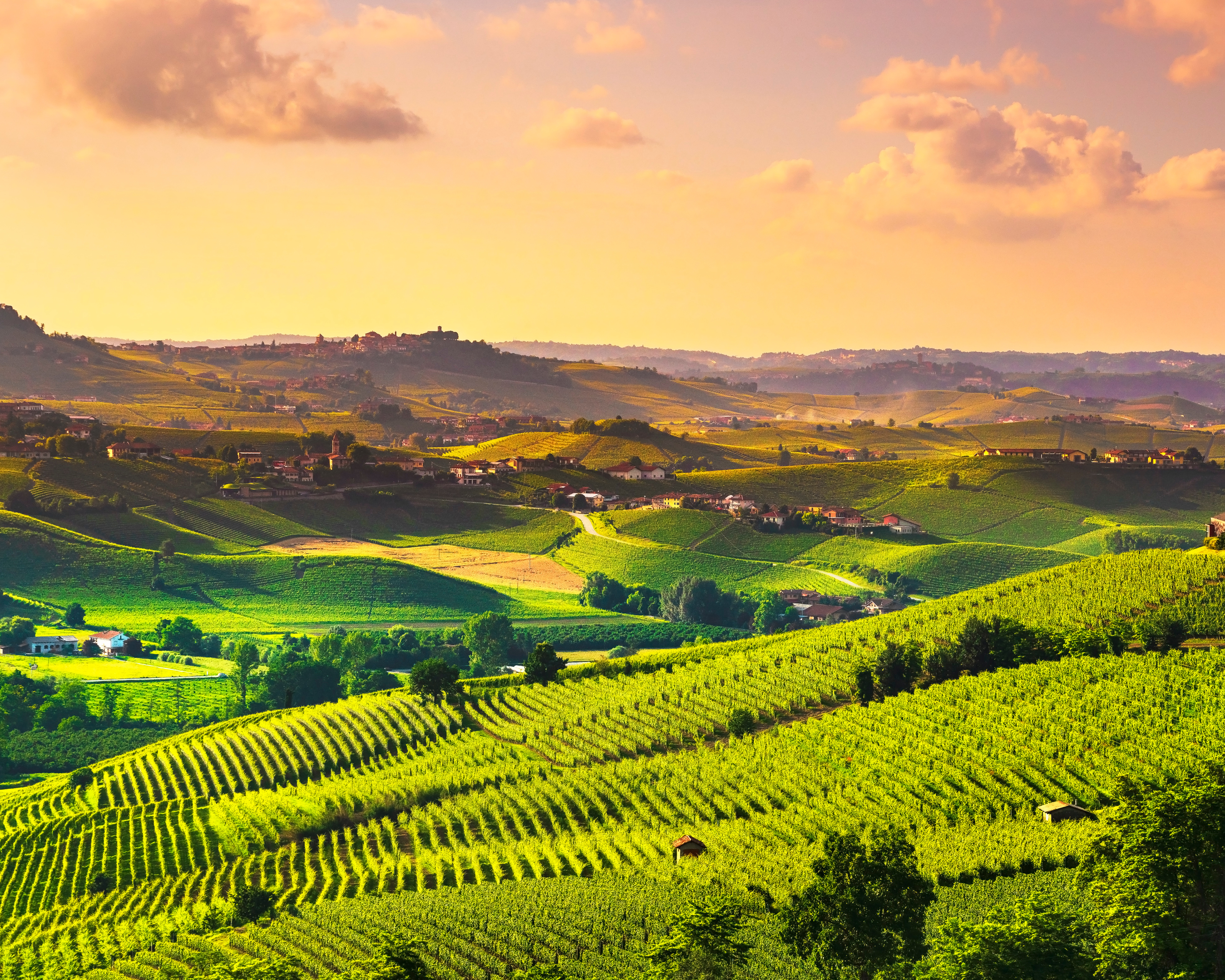
The Nebbiolo wines of Piedmont: Barolo and Barbaresco
From the fog-covered vineyards of Piedmont emerge some of Italy’s most celebrated wines, crafted with tradition, precision, and passion.
Barolo is the wine of kings, and the king of wines
– Italian Proverb
Piedmont’s winemaking excellence: the land of Nebbiolo and Barbera
Piedmont is one of Italy’s most revered wine regions, celebrated for its powerful, age-worthy Nebbiolo wines, its dynamic Barbera, and its rich gastronomic traditions. With its rolling hills, cool climate, and centuries-old vineyards, Piedmont is home to some of the most elegant and complex wines in the world.
At the heart of the region’s winemaking heritage are two legendary wines:
- Barolo – Known as "the King of Wines," Barolo is a bold, tannic, and long-lived expression of the Nebbiolo grape, with aromas of roses, tar, and dried fruit.
- Barbaresco – Often referred to as Barolo’s "younger sibling," Barbaresco offers a softer, more approachable style of Nebbiolo, but with equally stunning complexity and elegance.
Beyond Nebbiolo, Piedmont also produces Moscato and Barbera, two varietals that contrast beautifully with the region’s structured reds:
- Moscato d’Asti – A lightly sparkling, fragrant wine with honeyed aromas and delicate sweetness.
- Barbera d’Alba – A fruit-forward, vibrant red wine known for its fresh acidity and food-friendly nature.
From the noble expressions of Nebbiolo to the everyday charm of Barbera, Piedmont remains a region where tradition, innovation, and culinary excellence intertwine.
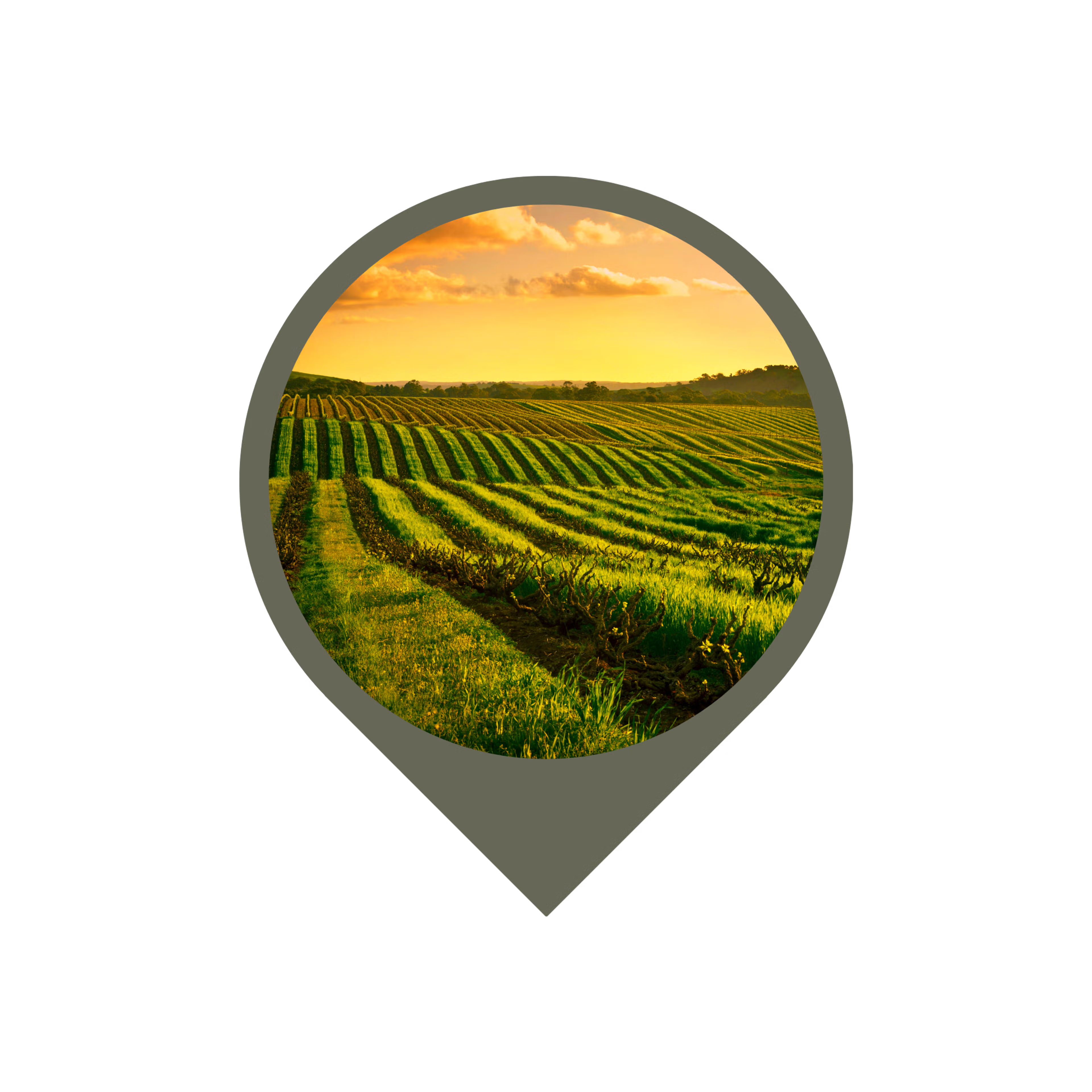
Discover the prestigious wine regions of Piedmont
Barolo, Barbaresco, and beyond – the diverse terroirs of Piedmont
Piedmont’s wines are shaped by its unique terroir, cool continental climate, and the influence of the Alps, which create the ideal conditions for growing Nebbiolo, Barbera, and Moscato. The region is divided into several distinct sub-regions, each with its own signature wine style.
🍷 Barolo – The king of wines
Known as "the King of Wines and the Wine of Kings," Barolo is the most prestigious wine of Piedmont.
Made from 100% Nebbiolo, Barolo is known for its high acidity, firm tannins, and exceptional aging potential.
Its signature aromas include roses, violets, tar, dried cherries, truffles, and leather.
Barolo must be aged for at least 38 months, with 18 months in oak, while Riserva versions require a minimum of five years of aging.
Notable producers: Gaja, Giacomo Conterno, Bruno Giacosa.
Top vintages: 1990, 1996, 2001, 2010, 2016.
🏰 Barbaresco – The elegant counterpart to Barolo
Often considered more approachable and refined than Barolo, Barbaresco also uses 100% Nebbiolo but has softer tannins and a shorter aging requirement.
Aged for at least 24 months, with 9 months in oak, allowing it to develop complex aromas of red berries, roses, and spice while remaining more accessible in its youth.
Known for its silky texture, floral bouquet, and finesse, making it a Nebbiolo wine that can be enjoyed earlier than Barolo.
Notable producers: Produttori del Barbaresco, Angelo Gaja.
Top vintages: 1996, 2001, 2010, 2016.
🌿 Asti & Alba – The land of sparkling Moscato and vibrant Barbera
Moscato d’Asti – A lightly sparkling, aromatic white wine, renowned for its delicate sweetness, floral notes, and fresh acidity.
Barbera d’Alba – A fruit-driven red wine with bright acidity, juicy berry flavors, and low tannins, making it an excellent everyday wine.
Notable producers: Vietti (Barbera), Ceretto (Moscato).
Piedmont’s diversity of wines, from the powerful Barolo and Barbaresco to the lively Moscato and Barbera, makes it one of the most exciting and multifaceted wine regions in the world.
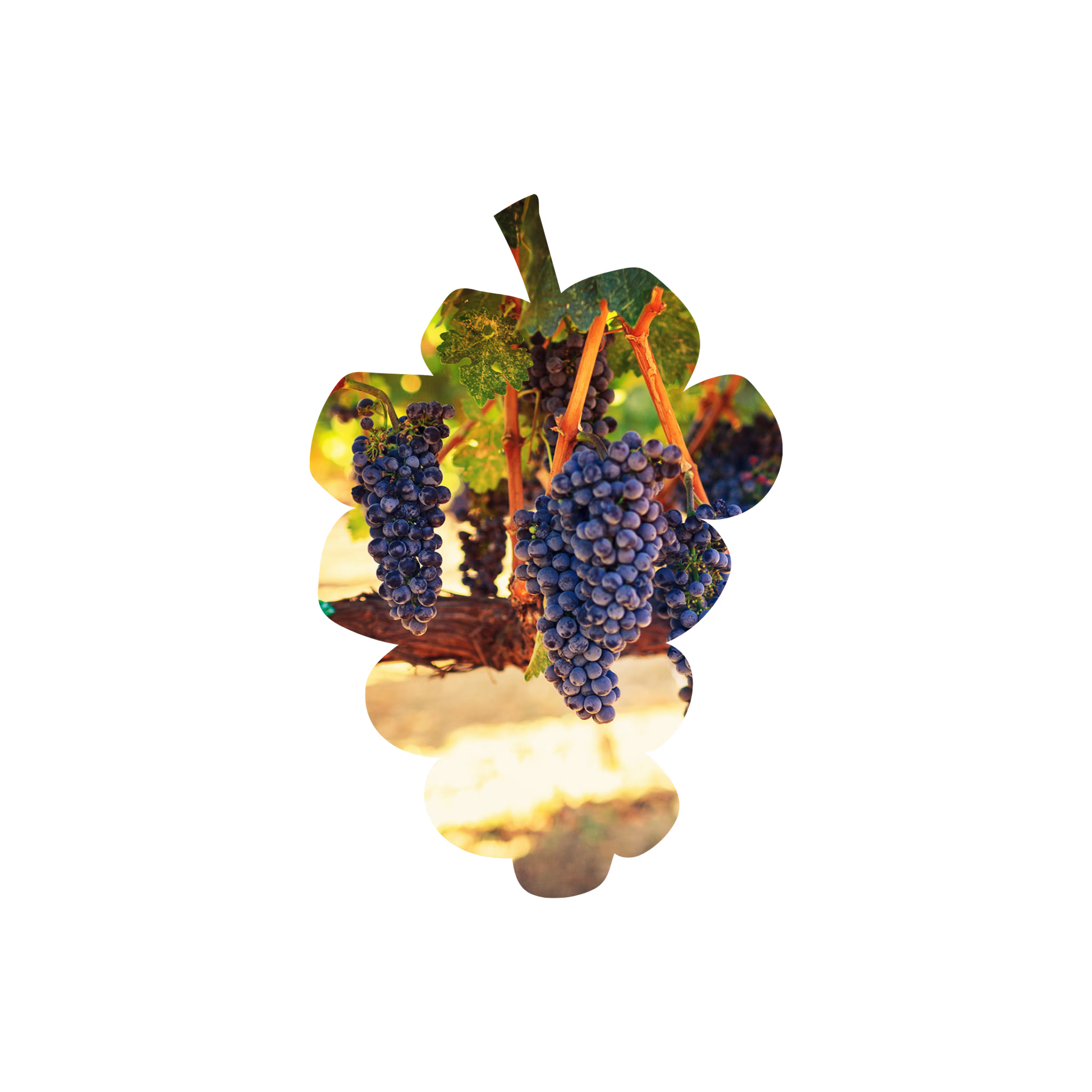
The grapes that define Piedmont’s winemaking excellence
Nebbiolo, Barbera, and Moscato – the soul of Piedmontese wines
Piedmont’s wines are shaped by three primary grape varieties, each bringing a unique expression to the region’s diverse wine styles.
🍇 Nebbiolo – The noble grape of Barolo and Barbaresco
Named after the Italian word "nebbia" (fog), referencing the misty autumn mornings in Piedmont.
Known for its high acidity, bold tannins, and remarkable aging potential.
Aromas: Roses, violets, tar, truffle, dried cherry, licorice, and spice.
While Nebbiolo-based wines are often austere in their youth, they evolve beautifully, gaining silky texture, complex earthy notes, and refined elegance over time.
🌿 Barbera – The everyday favorite of Piedmont
The most widely planted red grape in Piedmont, known for its high acidity and fruit-forward character.
Aromas & flavors: Juicy red and blackberries, plums, spice, and subtle oak notes.
Compared to Nebbiolo, Barbera has softer tannins, making it more approachable at a younger age and extremely food-friendly.
🍷 Moscato – The aromatic gem of Asti
The backbone of Moscato d’Asti, an elegant, slightly sparkling white wine with a light sweetness.
Aromas: Orange blossom, honeysuckle, peach, pear, and citrus zest.
With its delicate effervescence and low alcohol, Moscato d’Asti is refreshing, lively, and perfect for pairing with desserts or light dishes.
These three iconic grape varieties showcase the richness and diversity of Piedmont’s winemaking heritage, producing wines that range from bold and structured to fresh and aromatic.

Meet the winemakers behind Piedmont’s legendary wines
Gaja, Giacomo Conterno, Bruno Giacosa, and more
Piedmont is home to some of Italy’s most celebrated wine producers, whose commitment to quality and tradition has made the region one of the world’s greatest wine destinations.
🏰 Gaja – The pioneer of modern Barbaresco
Founded in 1859, Gaja is one of Italy’s most influential wineries and is often credited with putting Barbaresco on the global wine map.
Their single-vineyard Barbaresco wines, such as Sorì San Lorenzo and Sorì Tildìn, are among the most prestigious Nebbiolo wines in the world.
Beyond Barbaresco, Gaja also produces exceptional Barolo and Super Tuscan wines.
🍷 Giacomo Conterno – The master of traditional Barolo
A benchmark producer known for crafting long-lived, structured Barolos that age gracefully for decades.
Their Monfortino Riserva is widely regarded as one of the greatest expressions of Nebbiolo.
The estate remains committed to traditional winemaking, with extended maceration and long aging in large Slavonian oak casks.
🌿 Bruno Giacosa – The icon of elegance
A winemaker known for producing exquisitely balanced and refined Barolo and Barbaresco wines.
Giacosa’s single-vineyard wines, such as Barolo Falletto and Barbaresco Asili, are among Piedmont’s most sought-after bottles.
His philosophy emphasized terroir-driven wines with minimal intervention, ensuring purity and expression of the vineyard.
🍷 Other legendary producers:
Produttori del Barbaresco – A historic cooperative that produces exceptional Barbaresco wines with great consistency and value.
Vietti – Renowned for their Barolo and Barbera wines, blending tradition with innovation.
Ceretto – Known for producing both high-end Barolo and exquisite Moscato d’Asti, showcasing the diversity of Piedmont.
These producers have shaped Piedmont’s identity as a world-class wine region, creating wines that reflect both heritage and innovation.
The most collectible and age-worthy vintages of Piedmont
Piedmont has had several outstanding vintages, with ideal growing conditions that have produced exceptional wines with remarkable longevity.
📅 Barolo – The greatest vintages for Nebbiolo
- 1990 – A legendary vintage that produced rich, structured, and long-lived Barolos with deep complexity.
- 1996 – A classic cool-climate vintage, with wines showing exceptional structure, acidity, and aging potential.
- 2001 – A vintage that balanced power and elegance, producing harmonious, long-lived wines.
- 2010 – Considered one of the best modern vintages, producing highly structured and age-worthy Barolos.
- 2016 – A near-perfect vintage, yielding wines with remarkable depth, complexity, and balance.
🍷 Barbaresco – The top vintages for finesse and balance
- 1996 – A vintage marked by high acidity and firm tannins, making wines ideal for long-term aging.
- 2001 – A harmonious vintage, with balanced fruit and structure.
- 2010 – A cool year that produced elegant, perfumed Barbarescos with incredible depth.
- 2016 – A modern classic, delivering wines with freshness, intensity, and refined tannins.
🌿 Asti & Alba – Top vintages for Barbera and Moscato
- 2015 & 2016 – Two fantastic years for Barbera, producing vibrant, fruit-forward wines with excellent balance.
- 2020 – An outstanding vintage for Moscato d’Asti, offering intense floral and citrus aromatics.
Whether you’re collecting for the future or looking for a wine to enjoy now, these vintages highlight Piedmont’s incredible ability to produce world-class wines across different styles.
Preserve your Piedmontese wines at the perfect temperature
Explore our selection of wine coolers →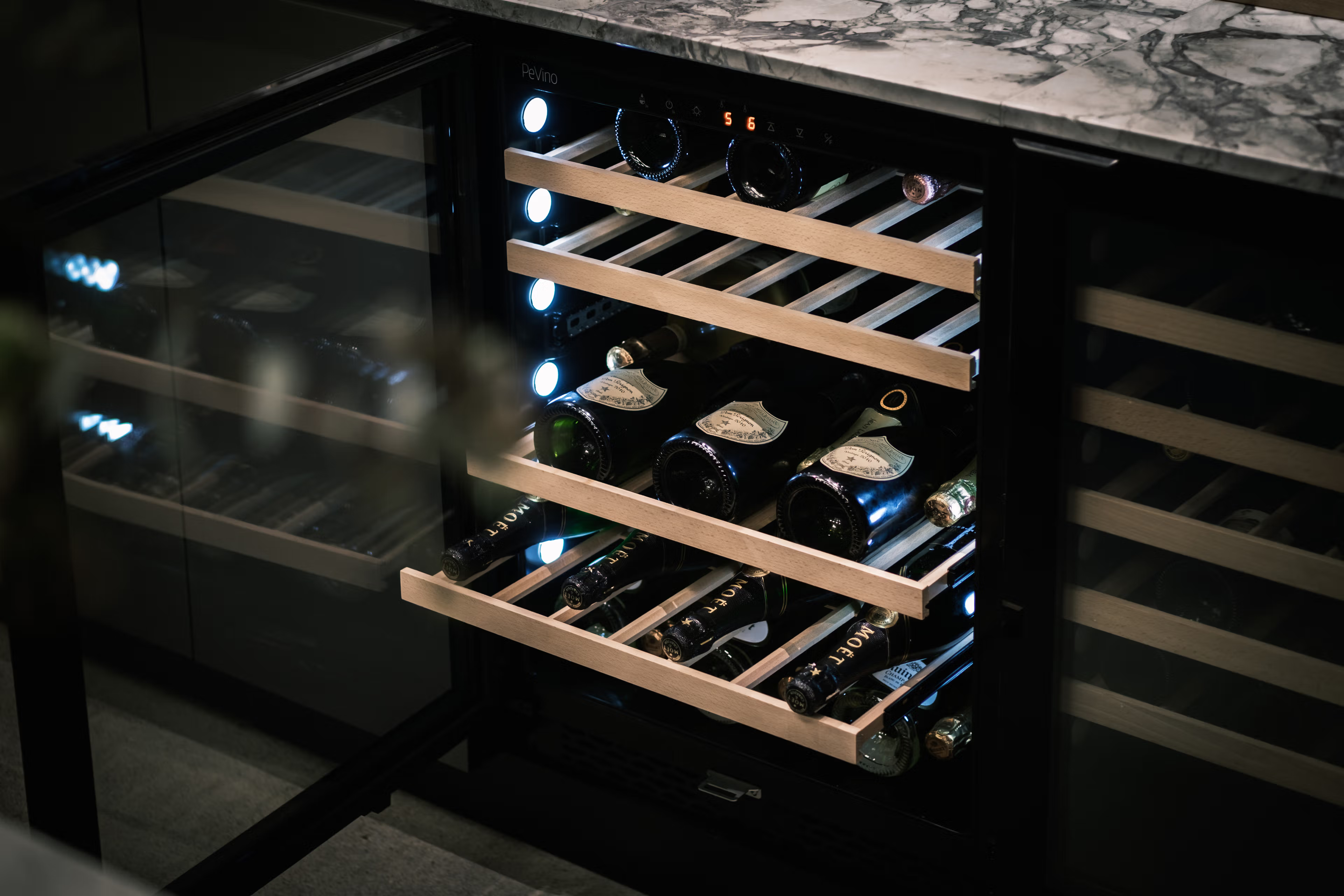
Showcase your collection of Piedmontese wines in style
Find the perfect wine rack →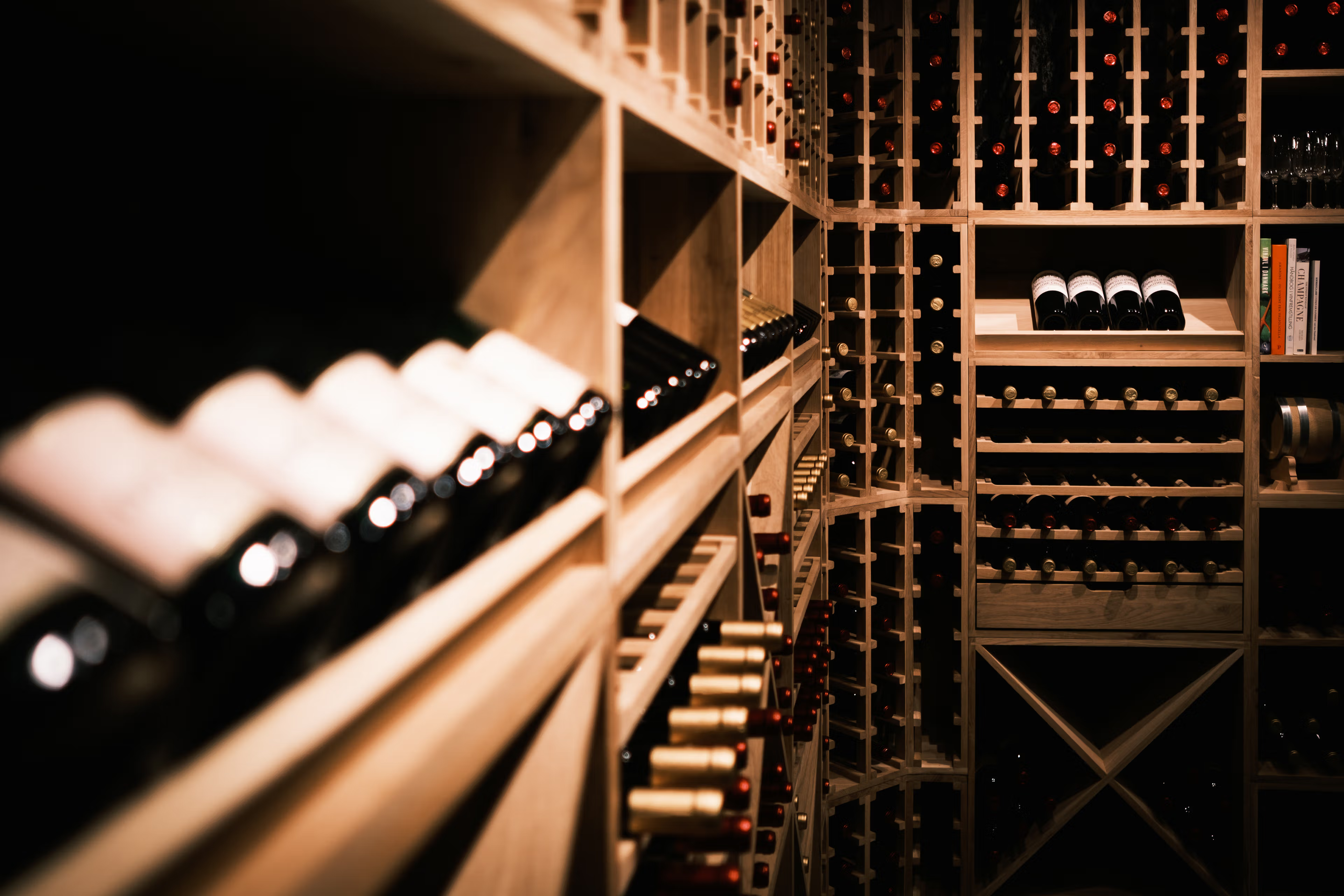
The winemaking tradition of Piedmont: A land of elegance and longevity
Piedmont is one of Italy’s most revered wine regions, renowned for its Nebbiolo-based wines, its diverse terroirs, and its deep-rooted gastronomic culture. From the powerful expressions of Barolo to the graceful finesse of Barbaresco, Piedmont’s wines embody a perfect balance of tradition, terroir, and innovation.
Piedmont’s unique terroir: The key to world-class wines
The region’s cool continental climate, rolling hills, and mineral-rich soils create the ideal conditions for cultivating Nebbiolo, Barbera, and Moscato.
- Barolo & Barbaresco – Calcareous clay and limestone soils contribute to the structure, longevity, and refined aromatics of Nebbiolo.
- Asti & Alba – Lighter, sandy soils allow for the production of vibrant, fruit-driven wines like Barbera and Moscato.
- The influence of the Alps and the Po Valley helps maintain cool nights, ensuring high acidity and slow grape maturation—essential for age-worthy wines.
These natural elements provide the foundation for some of the world’s most complex and long-lived wines.
The essential grape varieties of Piedmont
🍇 Nebbiolo – The noble grape of Barolo and Barbaresco
- High acidity and firm tannins create wines with incredible aging potential.
- Aromas & flavors: Roses, violets, tar, truffle, dried cherries, licorice, and earthy spices.
- Requires extended aging to soften and develop into a wine with silky texture and profound complexity.
🌿 Barbera – The everyday favorite of Piedmont
- Known for its bright acidity and juicy fruit character, making it approachable and versatile with food.
- Aromas & flavors: Ripe cherries, blackberries, plums, and subtle spice.
- Softer tannins compared to Nebbiolo, but still retains great depth and balance.
🍷 Moscato – The aromatic jewel of Asti
- The key grape in Moscato d’Asti, a lightly sparkling and aromatic white wine.
- Aromas & flavors: Orange blossom, honeysuckle, peach, and citrus zest.
- Offers a refreshing, low-alcohol drinking experience, making it perfect for pairing with light desserts or fruit-based dishes.
These grapes define Piedmont’s identity, offering wines that range from bold and structured to lively and aromatic.
How Piedmont’s greatest wines are made
Piedmontese winemakers blend centuries-old techniques with modern innovation, producing wines that are both timeless and dynamic.
🍷 Barolo & Barbaresco – Aged to perfection
- Traditional Barolo wines undergo extended maceration and long aging in large oak casks, resulting in firm tannins and structured wines that evolve beautifully over decades.
- Modern winemaking techniques have introduced shorter fermentation periods and smaller oak barrels, producing smoother, more accessible Barolos and Barbarescos without sacrificing depth.
🌿 Barbera & Moscato – Vibrant and fresh expressions
- Barbera is typically aged in stainless steel or neutral oak, preserving its bright fruit and crisp acidity.
- Moscato d’Asti undergoes a unique fermentation process that retains natural sweetness and gentle bubbles, making it one of the most refreshing wines of Piedmont.
With a strong respect for tradition and a forward-thinking approach, Piedmont’s winemakers continue to set the benchmark for Italian fine wines.
Renowned wine producers and must-have vintages
🏆 Gaja – The producer who revolutionized Barbaresco, crafting some of the most elegant and sought-after Nebbiolo wines.
🍷 Giacomo Conterno – A master of long-aging, structured Barolo, with Monfortino Riserva being a true collector’s wine.
🌿 Bruno Giacosa – Renowned for his refined and expressive Barolo and Barbaresco wines.
🍇 Vietti & Ceretto – Blending tradition and innovation, known for top-tier Barbera and expressive Moscato wines.
Best vintages to look for:
- 1990, 1996, 2001, 2010, 2016 – Iconic years for Barolo and Barbaresco, known for their balance, power, and aging potential.
- 2015 & 2016 – Excellent for Barbera, delivering ripe, fruit-forward wines with great depth.
- 2020 – A fantastic year for Moscato d’Asti, with intensely aromatic and fresh wines.
These wines and vintages represent the pinnacle of Piedmontese winemaking, making them highly collectible and perfect for both investment and enjoyment.
How to store and serve Piedmontese wines
✔ Storage temperature: 12-16°C to allow wines to age gracefully.
✔ Horizontal storage: Prevents cork drying and maintains ideal bottle aging conditions.
✔ Decanting recommended: Barolo and Barbaresco need aeration to soften tannins and enhance aromas.
✔ Serving temperatures:
- Barolo & Barbaresco: 16-18°C
- Barbera & Nebbiolo-based wines: 15-17°C
- Moscato d’Asti: 6-8°C
With proper storage and serving techniques, Piedmontese wines can be enjoyed at their peak and continue evolving for decades.